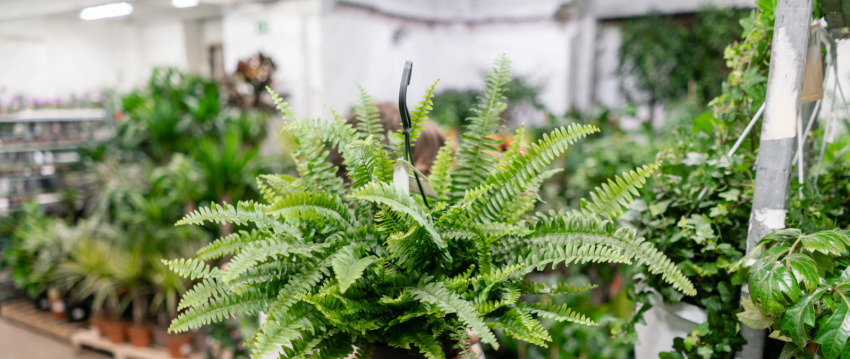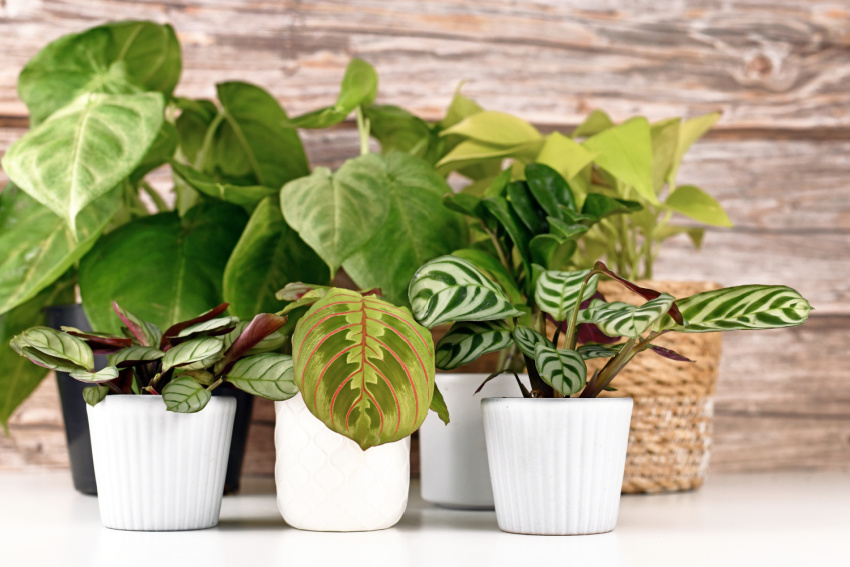A Cozy Lifestyle with Clearissa Coward
“A beautiful plant is like having a friend around the house.” – Beth Ditto

How To Grow Happy Healthy House Plants
I am a plant mom. I love indoor and outdoor plants and digging in the dirt brings me joy. However, being successful at growing plants and flowers does take some work and dedication. Learning How To Grow Happy Healthy House Plants is a process.
Taking care of house plants involves understanding their specific needs and providing the right environment for them to thrive. This is the perfect time of year to begin an indoor or outdoor garden and I am sharing some of my tips to help you care for your indoor plants. Let’s get into How To Grow Happy Healthy House Plants.
- Light
Assess Light Requirements: Different plants have different light needs. Some prefer bright, indirect light (e.g., succulents, fiddle leaf fig), while others thrive in low light (e.g., snake plant, pothos).
Location: Place plants near windows for natural light, but avoid direct sunlight unless the plant specifically requires it. Use sheer curtains to filter strong sunlight.
Artificial Lighting: If natural light is insufficient, consider using grow lights to supplement. I have ordered grow light bulbs and placed them in my regular lamps around the house. That is helping greatly.
- Watering
Check Soil Moisture: Water only when the top inch of soil is dry for most plants. Overwatering is a common mistake that can lead to root rot. I purchased a water meter and that helps me to water properly.
Water Quality: Use room temperature water. Some plants prefer distilled or rainwater, especially if your tap water is high in minerals.
Watering Technique: Water thoroughly until excess water drains out of the bottom. Empty the saucer to prevent the plant from sitting in water.
- Humidity
Maintain Humidity Levels: Many houseplants, especially tropical ones, prefer higher humidity. Use a humidifier, place a tray of water near the plants, or mist the plants regularly. I prefer the misting method and I add a bit of Epsom salt to the water I mist my plants with.
Group Plants Together: This can create a microenvironment with higher humidity.
- Temperature
Ideal Range: Most houseplants thrive in temperatures between 60-75°F (15-24°C). Avoid placing plants near drafts, radiators, or air conditioners.
Consistency: Keep temperature changes gradual to avoid stressing the plants.

- Soil and Potting
Use Appropriate Soil: Different plants require different types of soil. For example, cacti need well-draining soil, while ferns prefer a more moisture-retentive mix. I like and use Miracle Grow soil. It seems to suit my different variety of plants.
Pot Size: Choose pots with drainage holes. Repot plants when they outgrow their current containers, typically every 1-2 years. One of my favorite things to do is to repot plants. Playing in the dirt is therapeutic for me.
6. Fertilizing
Regular Feeding: Use a balanced, water-soluble fertilizer every 4-6 weeks during the growing season (spring and summer). Reduce feeding in the fall and winter when growth slows. I use coffee grinds, Epsom salt, egg shells, and banana tea as natural fertilizers. They are easy to make and work well.
Note: I bake my egg shells to make sure there are no bacteria before using them in my plants.
Follow Instructions: Over-fertilizing can harm plants. Always follow the recommended dosage on the fertilizer package.
- Pruning and Cleaning
Remove Dead/Damaged Parts: Regularly prune dead or yellowing leaves to encourage new growth and prevent disease.
Clean Leaves: Dust can accumulate on leaves, hindering photosynthesis. Wipe leaves with a damp cloth or give plants a gentle shower.
- Pest Control
Inspect Regularly: Check for signs of pests such as aphids, spider mites, or mealybugs. Look for sticky residue, webbing, or visible insects.
Natural Remedies: Use insecticidal soap or neem oil to treat infestations. Isolation of affected plants can prevent spreading.
- Adjusting Care for Seasons
Winter Care: Reduce watering and fertilizing. Ensure plants are not exposed to cold drafts. Provide adequate light as natural daylight decreases.
Summer Care: Increase watering frequency as evaporation rates rise. Ensure good ventilation.
10. Plant-Specific Needs
Research: Each plant species has unique requirements. Research your specific plants to understand their needs better and adjust your care routine accordingly.
By following these general guidelines and tailoring them to the specific needs of your houseplants and your environment, you can create a thriving indoor garden. Remember, observation is key—regularly monitor your plants and adjust care practices as needed.
Hugs & Blessings,













Pingback: How To Prepare Your Home And Family For Summer - Clearissa Coward's Command Center